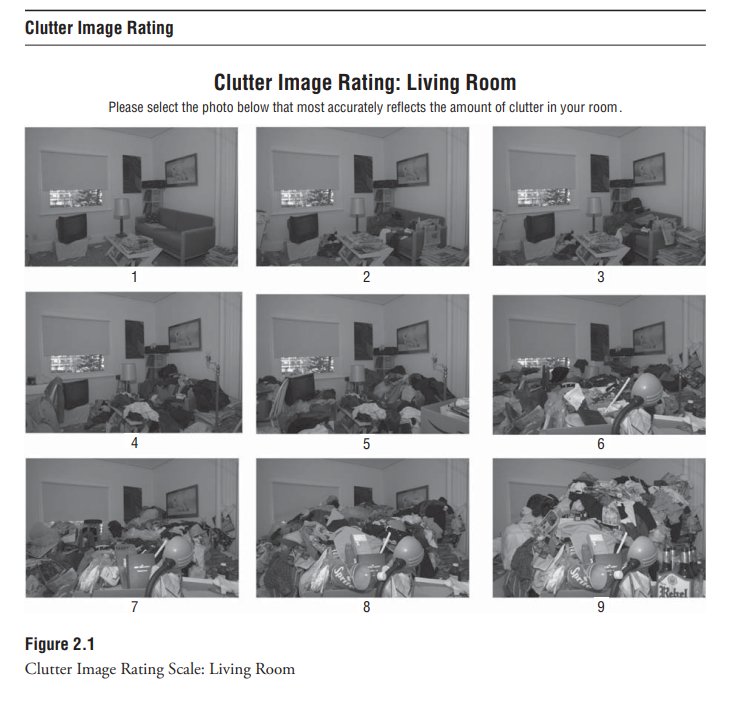What is the Clutter Image Rating Scale (CIRS)

What is Hoarding?
It’s estimated that between 1.5-6% of the Canadian population has a hoarding problem. It is important to note that there are many reasons that an individual might exhibit hoarding behaviors, whether it be the result of mental illness or comorbidity, or the result of Hoarding Disorder. Hoarding Disorder is defined as “persistent difficulty with letting go of possessions, even those without value to an outside observer” (Toronto Hoarding Support Services Network). This blog while attempt to explain why we need the Clutter Image Rating Scale, and what the Clutter Image Rating Scale is, as it relates to hoarding.
What is the Clutter Image Rating Scale And How To Use It
In our experience providing junk removal and hoarding support services, everyone has a different definition of a cluttered home or space. Some may think a couple piles of clothes in a bedroom is a cluttered space, while others may not be able to move around their apartment freely due to piles of belongings 6 feet high. For this reason, it is important to have universally recognized definitions of the level of clutter in a space, as severe hoarding can endanger the tenant and the building at large. There are tools available to assess the severity of hoarding, and the Clutter Image Scale is a commonly used tool to determine and communicate a universally understood level of clutter.
The Clutter Image Rating Scale (see above) is a series of photographs in a grid pattern 3 images wide and 3 images deep (totaling 9 images) showing different rooms in a home. The first image is a perfectly tidy space, and each image after has more clutter than the prior. Each photo has a number attached. A clutter image scale 1 means perfectly tidy, and a clutter image scale 9 means severely hoarded to a very dangerous level. When a homeowner, tenant, support worker or building manager is assessing the level of clutter, they will attempt to match the space to the photo that is the most similar. This requires a bit of discretion, however serves as a great starting point.
In general, any space that is a #4 or higher, begins to degrade the quality of life and safety of the tenant and it is recommended that they seek help for their hoarding behaviors. When communicating with mental health professionals, the fire department and/or hoarding support services, it is helpful to give the level of clutter determined through this scale to communicate the severity. This is a helpful starting point to assess how best to help the individual reduce the level of clutter in their space.
Difficult Done Right: CleanStart Offers Compassionate and Discrete Hoarding Support Services
If you or someone you know is struggling with hoarding and/or large amounts of clutter in their space, give us a call at 1-855-297-8278 or book a free estimate through our website. We can help you determine the correct course of action, and provide a free estimate for our junk removal, pest control, and/or extreme cleaning services.
More Resources:
http://www.philadelphiahoarding.org/resources/Clutter%20Image%20Rating%20Scale.pdf


